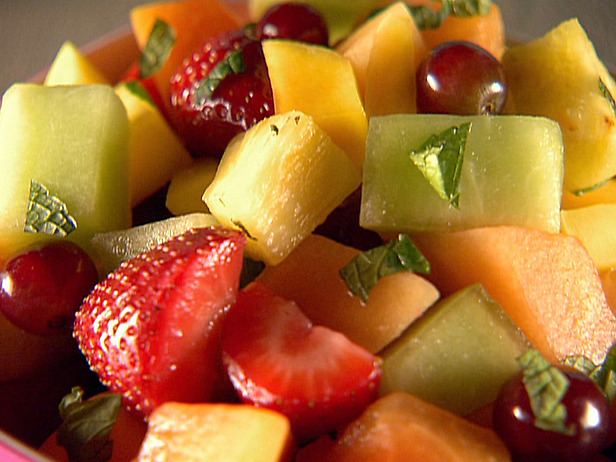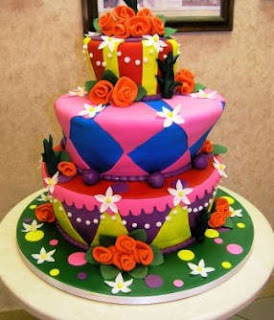 |
| Poster for our project |
Overall, I feel the presentation went well, we may have rushed it, but we were able to get everyone's attention on the cause and get our ideas across. After my group and I presented, we did not get feedback from our peers since it had to be a quick transition due to the amount of people presenting and the amount of time. However, the professor said it was a great-looking website, and it was a good project in general. Nonetheless, if I were to present this same objective again, I would definitely change it up a bit. I would make it more creative, find more ways in which people can help, and make a blog or an additional social networking site in order for people to gain information about our project.
This week's "art word of the week" I believe would be design or composition. According to Schirrmacher and Fox (2009), design or composition "is the overall mark of success, the standard of achievement..." (p. 142). I believe these words fit perfectly with our presentation since our design and layout of our website was used to catch the reader's attention.
I believe that doing a project similar to this one would be interesting for children to try out. Not necessarily going into full detail, but getting an idea that is really bothering them and find a way to share it to the class. It gives children the ability to think freely and come up with a creative way to share the class what are their thoughts and feelings towards some issues in the classroom and what peers and teachers can do differently to support.
Reference
Schirrmacher, R., & Fox, J.E. (2009). Art and creative development for young children (6th Ed.). Belmont, CA: Delmar.


























